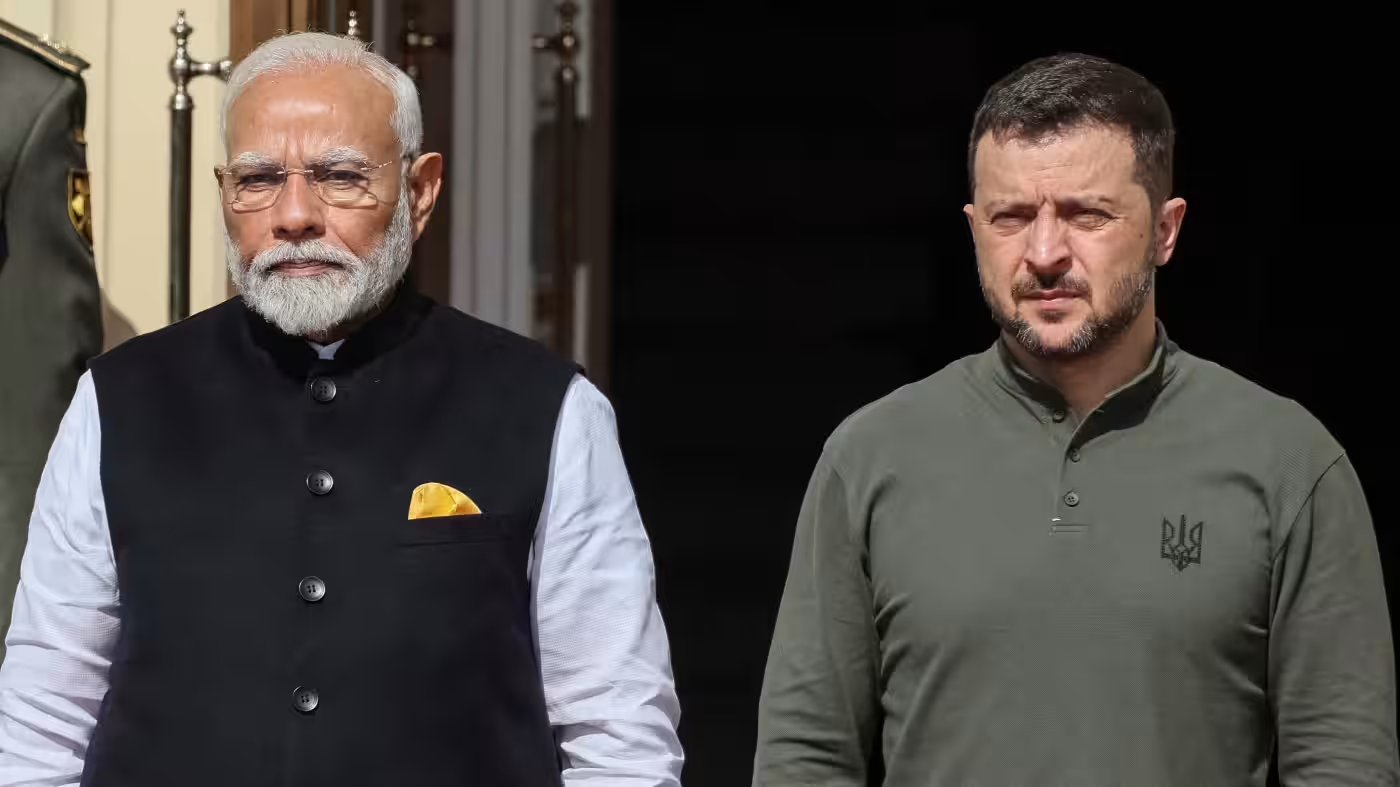U.S. Marines with 3rd Marine Littoral Regiment, 3rd Marine Division, concluded Marine Aviation Support Activity 24, the third of three Philippine-led bilateral exercises with 3rd MLR participation spanning the past three months, on Luzon, Philippines, June 21, 2024. The U.S. Marines’ return to their home station on Marine Corps Base Hawaii, Kaneohe Bay, marks the end of 3rd MLR’s longest rotational deployment of forces to the Philippines since the unit’s redesignation in 2022.
The U.S. Marine Corps Forces, Pacific summer exercise series included Exercise Balikatan 24, Archipelagic Coastal Defense Continuum, and MASA 24, and consisted of bilateral exchanges and training opportunities between U.S. and Philippine Marines aimed at bolstering the PMC’s Coastal Defense strategy while supporting the Armed Forces of the Philippines modernization efforts.
BK24, an annual bilateral exercise designed to strengthen capabilities, trust, and cooperation built over decades of shared experiences, is internationally recognized for its emphasis on “shoulder-to-shoulder” training between all branches of the U.S. and Philippine militaries. The 39th iteration of BK was followed by the first iteration of ACDC 24, a series of USMC and PMC bilateral training and subject matter expert exchanges across the seven warfighting functions of command-and-control, fires, force protection, information, intelligence, logistics, and maneuver. Upon the conclusion of ACDC, the Marines transitioned to MASA 24, a PMC-led exercise designed to enhance capabilities, interoperability, and coordination focusing on aviation-supported operations.
During the 75-day deployment, the Marines and Sailors with 3rd MLR and its three subordinate units – 3rd Littoral Combat Team, 3rd Littoral Logistics Battalion, and 3rd Littoral Anti-Air Battalion – spanned out across nine disparate training areas to conduct five Combined Joint All-Domain Operations events alongside their AFP and PMC counterparts. The CJADO events included the BK24 Maritime Key Terrain Security Operation on Batan, Itbayat, and Mavulis; the BK24 Counter-landing Live Fire at the La Paz Sand Dunes; Littoral Zone Reconnaissance Cobra at IDESS Maritime Center, Camp Cape Bojeador, and Naval Base Camilo Osias; the MASA 24 MKTSO on Batan; and the MASA 24 Littoral Live Fire exercise at Camp Cape Bojeador and Naval Station Leovigildo Gantioqui.
The collaboration between the U.S. and Philippine Marines showcased their adeptness in coordinating, planning, and executing large-scale, intricate, multi-lateral training exercises. This demonstration underscores the enhanced capability and capacity of the combined and joint forces to conduct territorial defense operations.
“Exercises are like a second language that, as you are performing the exercise, you are also sending a message to both your adversaries, your like-minded partners, and other stakeholders,” said AFP Col. Michael Logico, director of the joint and combined training center of the AFP. “It sends a message of confidence in our ability to protect as north as possible. It’s also a message of deterrence.”
The ability of the U.S. to train with the AFP in the Philippines is founded on one treaty and two agreements: the Mutual Defense Treaty, signed in 1951; the Visiting Forces Agreement, signed in 1998; and the Enhanced Defense Cooperation Agreement, signed in 2014. These agreements allow both nations to strengthen military, economic, and cultural ties for years to come through continued bilateral training opportunities. In April of 2023, the U.S. and Philippines announced plans to expand the EDCA to include four new sites, two of which were used to support bilateral training between 3rd MLR and their PMC counterparts with 4th Marine Brigade in the 2024 iteration of the exercise.
As 3rd MLR forces complete their retrograde from the Philippines, the U.S. Marines are already working alongside their AFP and PMC partners to plan next year’s return.
“The U.S. Marines exercise in the Philippines because our allies are in the Philippines,” said Col. John Lehane, the commanding officer of 3rd MLR. “We will continue to do so as long as we are invited back by our Philippine allies each year.”
With the Philippine-led exercises growing in scale and complexity, bilateral staff discussions of 3rd MLR bringing additional capabilities, personnel, and equipment into the country for next year’s iterations have already begun.
“The more that 3rd MLR can enhance and enable the naval, joint, and combined forces’ ability to sense and make sense of the operating environment while providing a combat-credible rapid and ready response capability, the more we can complicate an adversary’s decision-making cycle and contribute to our Philippine allies’ goal of deterrence,” said Lehane.
3rd Marine Littoral Regiment is a dedicated U.S. Marine Corps unit specializing in amphibious and littoral warfare operations. Stationed on Oahu, Hawaii, and deployed throughout the Indo-Pacific region, 3rd MLR is committed to promoting regional security and stability through strategic partnerships and collaborative efforts with partner nations and Allies.





